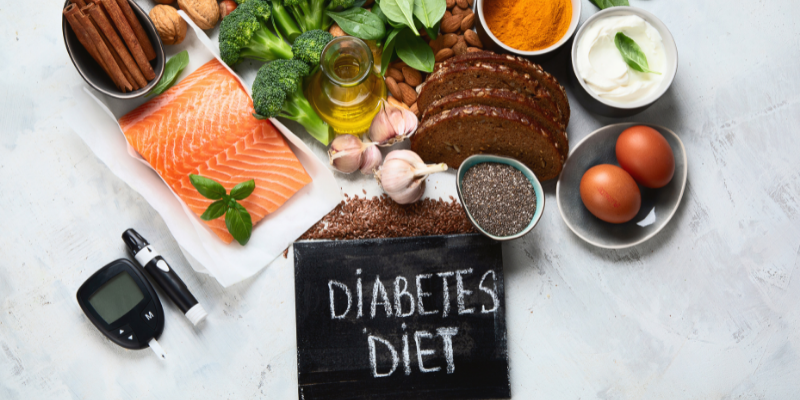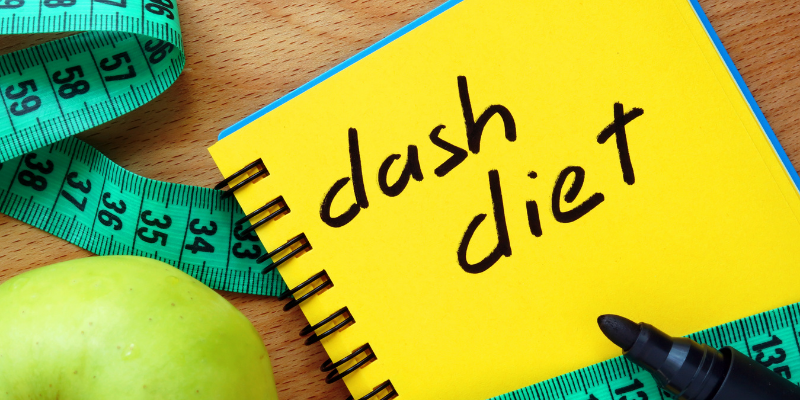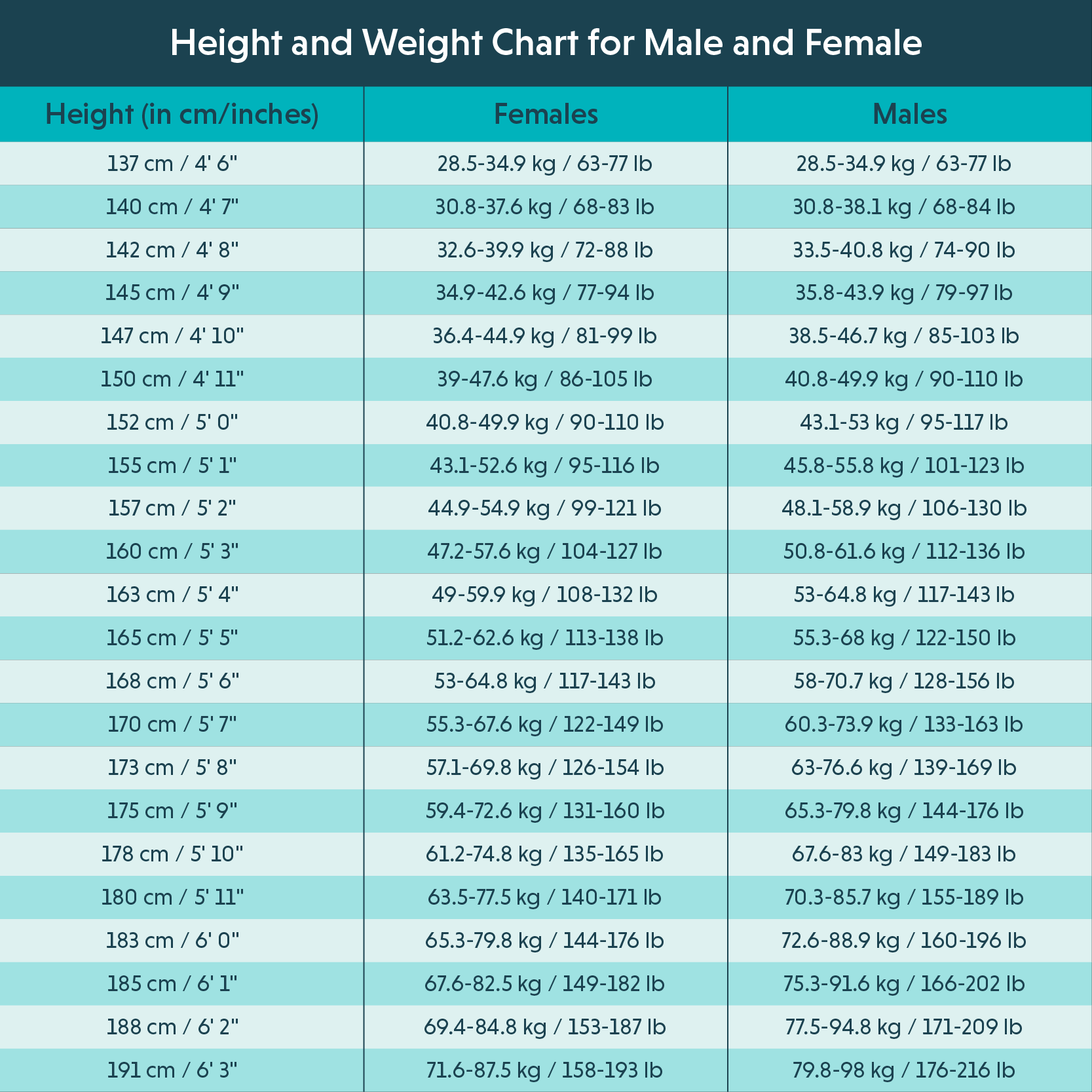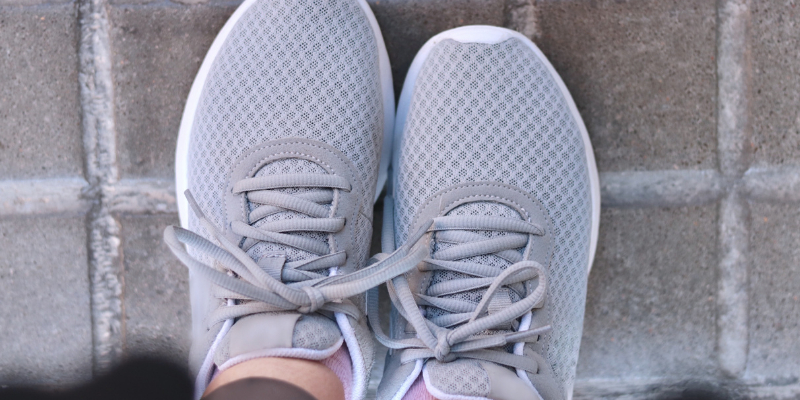Indian Diet Plan For Type 2 Diabetes
India is known as the ‘diabetic capital of the world’ and is home to the highest number of diabetic patients globally. With more prevalence in senior citizens aged 45 to 59, diabetes is the third major contributor to mortality in India.
The rising Type-2 diabetes, the most common type of diabetes in India, is attributed to excess weight and the lack of physical activity. This article will explore how to prevent and control Type-2 diabetes with a balanced Indian diet plan that can help manage blood sugar levels.
What is Type 2 Diabetes?
Type-2 diabetes is a lifestyle disorder that affects the way our body processes glucose or blood sugar. People with Type-2 diabetes have insulin resistance with a mild symptoms that often go unnoticed. Some common symptoms include frequent urination, blurry vision, eye diseases, unexplained weight loss, increased thirst, recurrent yeast infections, and numbness of hands or feet.
Can You Control Type 2 Diabetes with Diet?
While you cannot change your genes, it is possible to control Type-2 diabetes and achieve target blood sugar levels with balanced nutrition and physical activity. The right dietary choices will help manage blood sugar and cholesterol levels and maintain your ideal weight.
EXPERT ADVICE
Diabetes Remission And Reversal
The Diabetes Remission Clinical Trial (DiRECT) findings state that weight reduction is required for both diabetes remission and reversal.[1] If your diabetes is in its early stages, a low-calorie diet can bring your fasting blood glucose levels to normal. The low-calorie diet improves insulin sensitivity and significantly reduces fat stored in the liver.
On the other hand, low-carbohydrate diets focus on macronutrient changes rather than calorie restriction, where the total carbohydrate intake is limited to less than 130 gms per day.[2] Further, physical activity assists in increasing insulin sensitivity. Therefore a change in the diet must be accompanied by regular exercise. It reduces the need for insulin and aids in the reversal of diabetes.
-Lavanya Parthasarathy, PhD, CDE
Must Read: Fibers That Can Help You Lose Weight
Indian Diet Chart for Type 2 Diabetes
Check this sample 7 day-Indian diet plan for Type-2 diabetes regulate your blood sugar levels:
Day 1
- Breakfast – Morning detox water with soaked fenugreek seeds, Steel-cut oatmeal with a handful of nuts and fresh fruits + herbal tea.
- Lunch – 1 cup of green vegetables + 2 multigrain rotis+ 1 cup moong sprouts + salad.
- Snack – 1 cup buttermilk.
- Dinner – 1 cup of spinach and paneer with 2 multigrain rotis + 1 cup brown rice + salad.
Day 2
- Breakfast – Detox water with soaked cumin seeds, 1 cup daliya with almond milk and fruits or vegetables + herbal tea.
- Lunch – 1 bowl of quinoa with vegetables and curd + salad.
- Snack – 1 whole fruit such as orange.
- Dinner – 1 cup lentil soup + 1 cup vegetable (mixed) + 1 cup brown rice+ 2 multigrain rotis + salad.
Day 3
- Breakfast – Detox water with soaked fennel seeds, a bowl of upma with vegetables + herbal tea + a bowl of fresh seasonal fruits.
- Lunch – 1 bowl of chicken or low-fat paneer with 1 cup brown rice + 1 bajra roti+ salad + buttermilk.
- Snack – 1 sandwich toast with low-fat cheese slice.
- Dinner – 1 salad bowl with chicken or chickpeas and paneer dressed in basil pesto sauce with 1 slice of multigrain bread.
Day 4
- Breakfast – Morning detox water, lightly fried multigrain parathas stuffed with vegetables + a cup of green tea with roasted chana.
- Lunch – 1 cup tofu curry + 1 cup chana sprouts + 2 multigrain rotis + 1 cup brown rice + salad.
- Snack – 1 cup green tea with sugar-free oats cookies.
- Dinner – Chicken wrap with hummus and kale leaves with salad.
Day 5
- Breakfast – Detox water, 2 vegetable, and dal moong chilas with homemade mint chutney, whole fruit such as pear or apple.
- Lunch – 1 cup low-fat paneer curry + 1 cup sprouts + 2 multigrain rotis + 1 cup brown rice + salad.
- Snack – 1 cup herbal tea with puffed rice.
- Dinner – 1 cup mustard saag or any green leafy vegetable with 2 bajra rotis + salad.
Day 6
- Breakfast – 1 tall glass of fresh fruit smoothie containing leafy greens like spinach and fruits like apple, banana, papaya, etc.
- Lunch – 1 cup vegetable sambar + 1 cup brown rice + 2 thin multigrain dosas + coconut chutney.
- Snack – 1 cup buttermilk.
- Dinner – 1 cup bitter gourd with lentil soup + 2 multigrain rotis + salad.
Day 7
- Breakfast – Detox water, 3 multigrain idlis with coconut chutney and vegetable sambar + buttermilk.
- Lunch – 3 multigrain uttapams with mixed vegetable sambar + coconut chutney + buttermilk.
- Snack – 1 cup chudva or upma + green tea.
- Dinner – 1 cup yellow dal without tadka + 1 cup spinach or soya + 1 cup brown rice + salad.
Along with consuming nutritious meals to maintain your blood sugar levels and your ideal weight, avoiding certain food items can also help.
Must Read: Healthy Eating Habits For Weight Loss!
Foods To Avoid For Type 2 Diabetes
- Foods with a high glycaemic index (GI) as they increase blood sugar levels instantly.
- Unhealthy trans-fats and saturated fats as they increase insulin resistance.
- Packaged snacks as they can quickly raise your blood sugar levels.
- Simple or refined carbohydrates such as white bread, flour, white potatoes, etc.
- Sugary and highly-processed foods and beverages like soft drinks or sweetened cereals.
- Avoid red meat as it is high in saturated fat that can impact your cardiovascular health.
- Eat starchy vegetables such as potatoes, squash and other root vegetables in moderation.
Avoiding these food items as much possible can keep your blood sugar levels in check.
Let us now look at some tips to reach and manage your target blood sugar levels.
EXPERT ADVICE
Creating A Diabetic Meal Plan
The plate technique and carbohydrate counting are two common ways to help you plan how much to eat.
i)Portion management is easier using the plate approach. It helps understand how much of each food group you should consume. This method is designed keeping a 9-inch plate in mind.
• 1/2 plate – non-starchy vegetables, including green leafy vegetables.
• ¼ plate – meat or any other protein.
• ¼ plate – grains and other starch.
• Add a serving of fruit or dairy.
• Drink water or unsweetened tea or coffee.ii)Carbohydrate counting:
Carbohydrates, converted to glucose in your body, influence blood glucose levels more than other nutrients. Keeping track of carbohydrates is crucial for insulin users before deciding on an insulin dose. It is easier to remain within your blood sugar range if you track your carbohydrate consumption by establishing a limit for each meal.
-Lavanya Parthasarathy, PhD, CDE
Most Effective Tips For Diabetes
Making healthier food choices helps reduce the risk of diabetes and manage it. Here are some tips to eat healthy:
- Choose healthier carbohydrate alternatives such as whole grains, quinoa, brown rice, steel-cut oats, bran cereal, etc.
- Eat fruits and vegetables with high-fibre content. They ease your bowel movements and induce satiety.
- Choose pulses and legumes with a low-glycaemic index such as beans, chickpeas, and lentils. They are good sources of protein and fibre.
- Choose healthier fats by consuming nuts and seeds such as chia seeds, flax seeds, almonds, pistachios, etc., as a snack between meals.
- If you are a non-vegetarian, choose lean meat over others. Avoid deep frying.
- Consume healthier proteins with high biological value, such as Brussel sprouts, soy, chicken, turkey, fish, etc.
- Choose low-fat dairy options such as low-fat yogurt, low-fat cottage cheese, and soy milk, etc.
- Include food with beneficial bioactive compounds like fenugreek, cinnamon, bitter gourd, turmeric, millets, and legumes.
- Eat your meals on time and never skip a meal.
- Adopt a healthy lifestyle with a moderate amount of physical activity for 20 to 30 minutes each day.
Must Read: 10 Best Aerobic Exercises For Weight Loss
Conclusion
Eating a well-balanced and nutritious diet along with lifestyle modifications can help you gain more control of your blood sugar levels and manage type 2 diabetes. Ensure to follow the Indian diet plan coupled with some physical activity to see positive effects on your health. Implementing these tips will help you create a healthy lifestyle in the long run and act as a preventative measure against type 2 diabetes.
Our certified subject matter experts do extensive research and collate facts from reputed scientific journals and international studies to create informative and engaging articles related to all your dermatology concerns. They strive to help you decipher medical jargon, distinguish fact from fiction and overcome paranoia. Our qualified medical board or expert panel goes a step further to verify these facts based on their rich academic knowledge, vast clinical experience and critical industry insights to ensure you consume only medically accurate content that empowers you to make informed decisions about your hair and skin-care treatments and weight management. Check out our Editorial policy for further details
https://www.downtoearth.org.in/news/health/diabetes-among-senior-citizens-more-prevalent-in-urban-india-lasi-report-75038https://www.ncbi.nlm.nih.gov/pmc/articles/PMC5118762
https://onlinelibrary.wiley.com/doi/full/10.1111/jgh.12270
https://www.diabetes.org.uk/guide-to-diabetes/managing-your-diabetes/exercise















